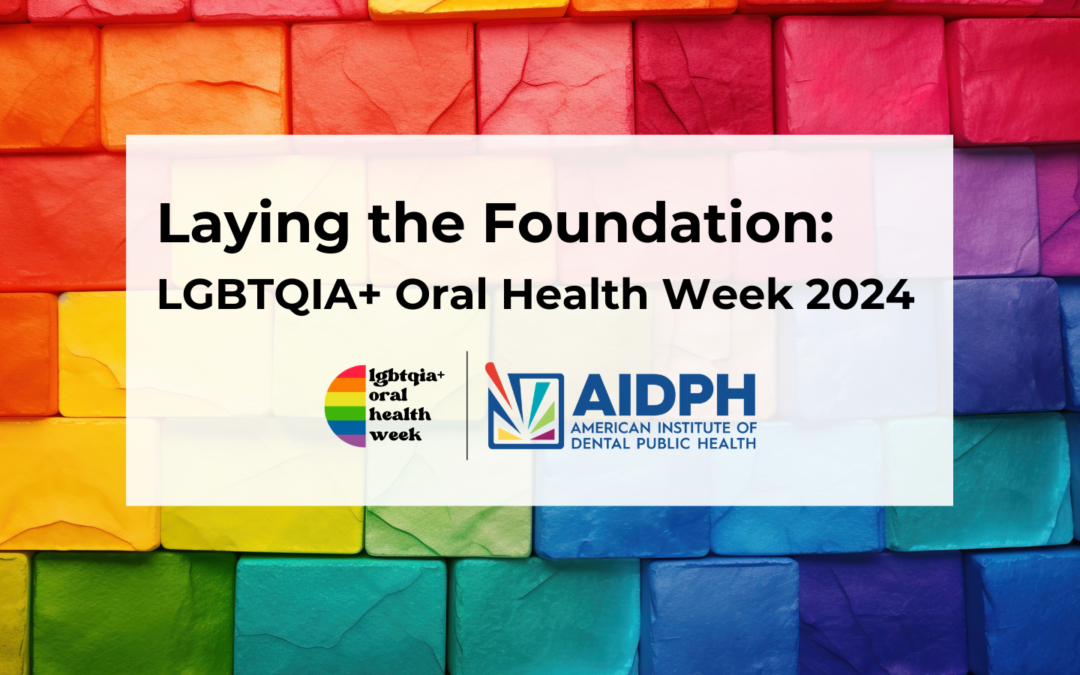Introduction
AIDPH’s LGTBQIA+ Oral Health Week was first conceived in 2022 with the mission of raising the profile of a population the NIH recognizes as an under-served minority health population.
Now in its third year, we’re moving beyond general advocacy and awareness to focus on this year’s theme of “Pride in Knowledge: Transforming LGBTQIA+ Oral Health Through Education.”
Education—in formal educational outlets, but also in a professional, patient, and community sense—has always been a bedrock of progress. But for too long, dentistry has lagged behind other health professions in LGBTQIA+ education and research output, and students still don’t feel knowledgeable about LGBTQIA+ oral health needs. By emphasizing the value of LGBTQIA+ oral health education, we have a valuable opportunity to advance the field and reflect the growing diversity of the US.
However, the importance of education goes much deeper than that. Educating ourselves, our patients, and our communities about the needs of LGBTQIA+ individuals is about more than favorable optics and virtue-signaling. It’s a responsibility of the dental community. As more and more research comes out exposing the stark contrasts between the LGBTQIA+ and cishet patient experience, remaining silent and ignorant of these practical realities transitions from innocent naivete to an actively harmful decision. Furthermore, studies suggest implicit, unconscious biases among providers, even well-meaning ones, often lead to worsened health services, quality of care, and outcomes. Ultimately, by shying away from these topics, dental professionals and institutions are doing a disservice to the people they strive to serve.
Cishet
Someone who is both cisgender—meaning, they identify with the sex they were assigned at birth—and heterosexual.
In this blog post, we’ll lay out the overarching background of LGBTQIA+ oral health. We’ll then look more closely at the themes for each day of the 2024 Oral Health Week, assessing the need for academic reforms, continuing education for dental professionals, patient advocacy, and community education. Finally, we’ll lay out the schedule for the next four days to follow.
Table of Contents
Background
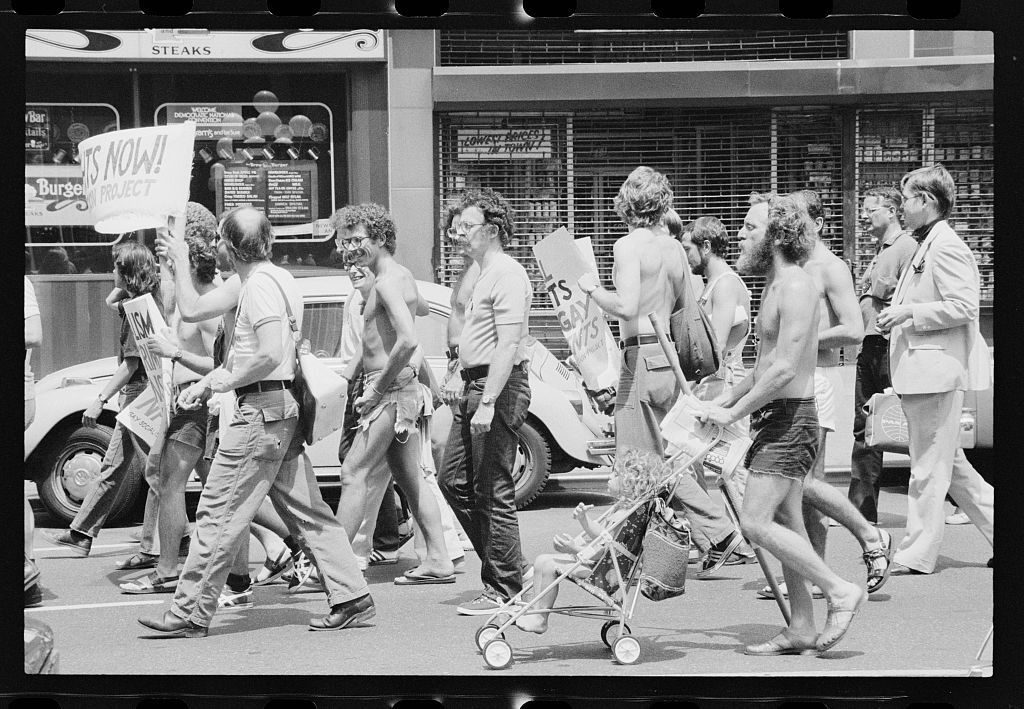
Public Domain Image of a 1967 gay rights protest from the Library of Congress.
Sexual and gender diversity are nothing new, with same-sex relationships and fluid gender identities occurring across the world and being reported as far back as ancient Mesopotamia. Nor are they uncommon. A 2001 report indicated that gay and lesbian couples resided in 99.3% of US Counties—a number that’s likely increased as the community has gained more legal and social acceptance—and an estimated 1.6 million people in the country currently identify as transgender, with more young people than ever before identifying as trans. Additionally, the Pew Research Center estimates 4% of American adults identify as bisexual.
Despite their prevalence across cultures and across history, the oral health of the LGBTQIA+ community has consistently been under-reported. But a growing body of evidence paints a dismal picture: for instance, according to CareQuest Institute for Oral Health, LGBTQIA+ people are statistically much more likely to report dental anxiety, embarrassment over their teeth, have oral health symptoms, face difficulties accessing treatment, and feel forced to visit an emergency department to access dental care when compared to people who did not identify as LGBTQIA+.
Wider studies and literature reviews in medical disparities have found that LGBTQIA+ patients face greater medical discrimination, mistreatment, and at times, even physical violence, and often do not get treatment that addresses concerns specific to the community. But indeed, LGBTQIA+ patients have unique oral health needs. For instance, sexual minority women are more likely to drink alcohol or smoke, which impacts their oral health, and hormone replacement therapy may be linked to increased periodontal disease, infection, inflammation, and bone loss.
Academia
Educational institutions have an integral role in preparing the future workforce to adequately treat the LGBTQIA+ community. Unfortunately, dental students and residents simply don’t feel prepared by their educational institutions to do so. According to our 2023 report, Improving Knowledge, Comfort, and Attitudes for LGBTQIA+ Clinical Care and Dental Education, the majority of survey respondents agreed LGBTQIA+ oral health needs to be part of their curriculum, but dental students and educators often felt their educational institution didn’t encourage discussion of the topic, didn’t consider it a core aspect of their training, and didn’t create a welcoming environment for LGBTQIA+ students. As a whole, they felt the least prepared when it came to treating transgender individuals.
%
of respondents agreed or strongly agreed that education specific to LGBTQIA+ people should be required for all oral health professionals.
%
of respondents rated their knowledge of LGBTQIA+ clinical terminology as basic or weak.
%
of dental students and educators were uncertain or disagreed that their institution considered LGBTQIA+ issues a core aspect of clinical training.
%
of dental students and educators were uncertain or disagreed with the statement “LGBTQIA+ students and faculty are able to present authentically in my school environment.”
Our findings are consistent with previous research into LGBTQIA+ dental education and wider medical research. Similar studies have indicated that nearly 50% of dental hygiene programs do not cover LGBTQIA+ content, and that “only 13.3% of dental student leaders agreed that their dental education prepared them well to treat patients from LGBTQ+ backgrounds.”
Dental students actively want to become better informed on how to care for people who identify as LGBTQIA+. Let’s ensure educational programming and curricula reflect that.
Professional Development
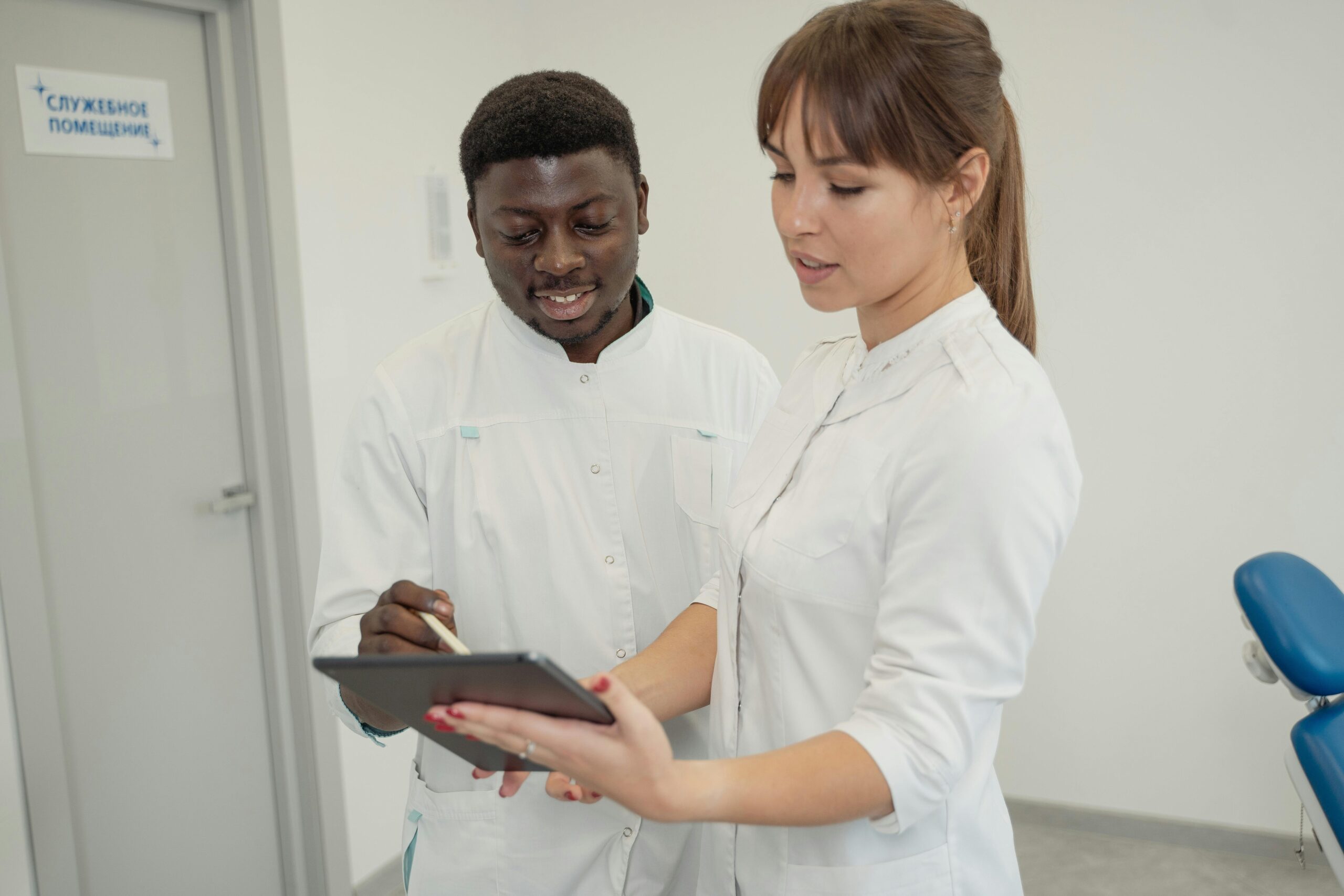
Although academic reform is important, education on LGBTQIA+ oral health goes beyond the classroom. As a profession, dentistry recognizes the necessity of continuing education (CE), with CE course completion being a legal requirement to maintain dental licensure. Continuing education as a whole is a growing, multi-billion dollar industry.
But this focus on continuing education, both through both formal coursework and self-education resources, hasn’t kept pace with the increasing visibility of the LGBTQIA+ community. In fact, AIDPH’s previously-referenced dental education study found that fewer than 30% of respondents routinely participated in professional development, sought continuing education, read scholarly articles, attended workshops, or reviewed case studies about LGBTQIA+ oral health.
The LGBTQIA+ community isn’t going back into the closet. And with more and more Americans openly identifying as LGBTQIA+, it only makes sense to ensure the dental profession is properly trained to treat the evolving patient population.
Patient Advocacy

Patients deserve tools and resources to empower themselves to advocate for their needs and concerns. As mentioned previously, LGBTQIA+ dental patients face unfair and unethical treatment more frequently compared to their cishet counterparts. For instance, one survey found that 85.5% of transgender participants reported having at least one instance of maltreatment in a dental clinic.
Mistreatment can take many forms, from microaggressions (see the following guide for a few examples) to outright discrimination. And predictably, facing prejudice in a dental office correlates with lower dental visits and higher incidences of untreated dental issues.
We as an organization hope dentistry will one day evolve to a point where patients don’t need to worry about whether they’ll face discrimination in the dental chair. All the same, it’s important to be realistic, and enable those who need them with some tools to help overcome the practical realities of the world we currently live in.
Community Education
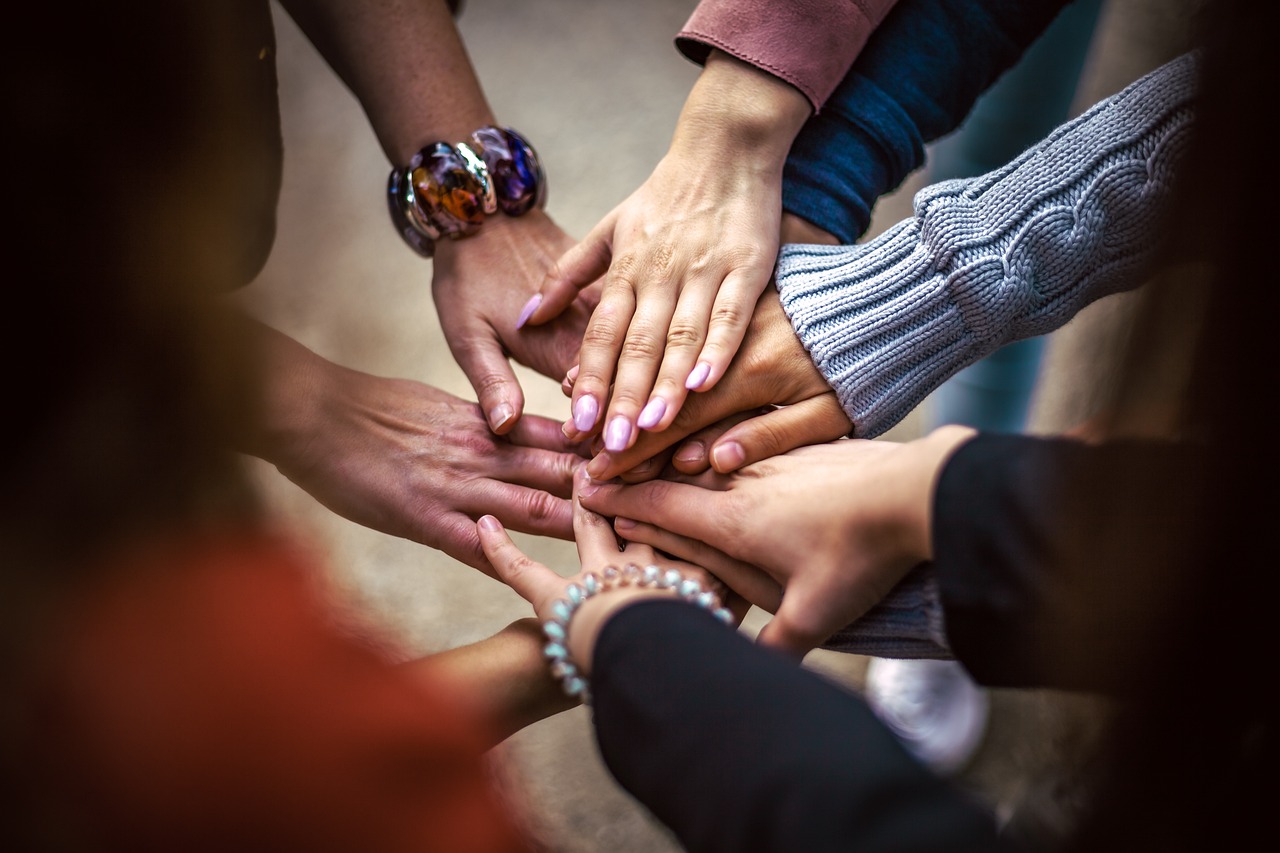
As previous sections show, there’s definitely progress to be made. Much of that progress is being made now, on-the-ground, by passionate community organizations and nonprofits. From dental student affiliation groups to professional associations, LGBTQIA+ oral health community organizations provide hope for a better future, and refuge for a population that continues to face injustice.
Dental practices and institutions may not view themselves as advocates for sociocultural change. But the fact of the matter is that dental health does not occur in a vacuum. The profession is coming to recognize that whole body health is dental health, and that social, cultural, mental, and emotional factors have a major bearing on successful treatments. By partnering and engaging with community organizations, particularly local ones, dentists and practices can help make sure the people they treat continue to stay healthy after leaving the dental office while authentically and legitimately showing their leadership in diverse representation.
The Week to Come
Following today’s foundational context, our 2024 campaign will include four more awareness days.
Day two (Tuesday), “Advancing Knowledge: Integrating LGBTQIA+ Education in Dental Curricula,” will focus on how dental educators can integrate LGBTQIA+ topics into their curricula. We’ll explore the skills and knowledge needed, highlight initiatives from institutions actively incorporating LGBTQIA+ perspectives, and discuss how to support faculty in creating inclusive learning environments.
Day three, “Building Inclusive Practices: Continuing Education for Dental Professionals,” will emphasize the importance of continuing education for dental professionals in providing inclusive care. It will focus on sharing existing resources, webinars, and tools that help professionals stay informed and equipped to care for LGBTQIA+ patients.
Day four, “Empowering Patients: Advocacy for LGBTQIA+ Oral Health,” will focus on how to educate and empower LGBTQIA+ patients to advocate for their oral health. We’ll emphasize patient rights, how to find LGBTQIA+ affirming practitioners, and how patients can effectively communicate their unique needs.
Day five, “Engaging Communities: Building Partnerships for Equitable Oral Health,” will be the final one for this year. This day will focus on the importance of community engagement in promoting LGBTQIA+ oral health. We’ll encourage dental providers to actively engage with their communities, build partnerships with local LGBTQIA+ organizations, and promote their practices as affirming and inclusive spaces.
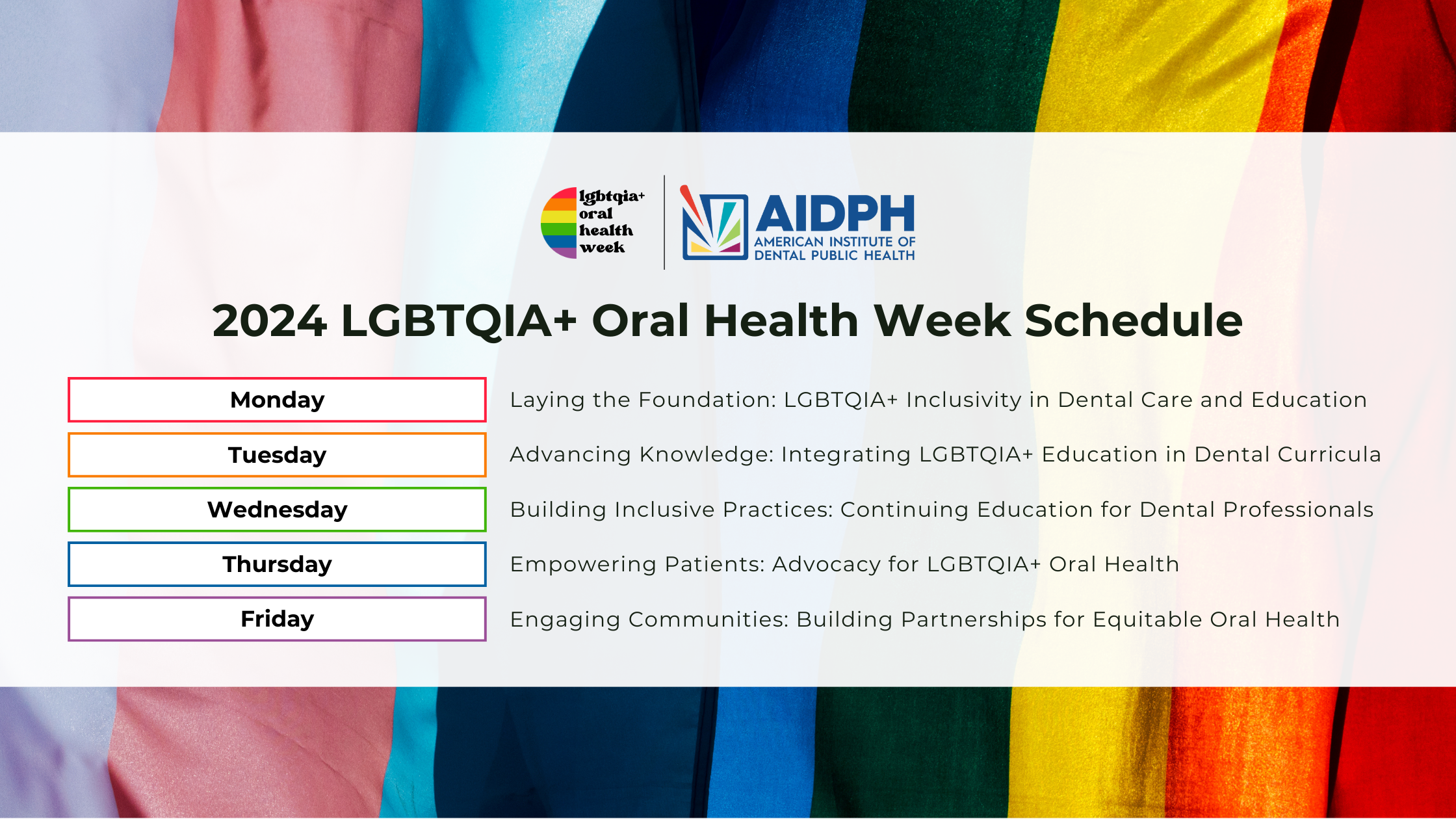
The schedule for LGBTQIA+ Oral Health Week laid out in a visual format. Read the paragraphs above for a listing of each day.
Conclusion
On multiple levels, the LGBTQIA+ community is clearly struggling to access the same oral health services as their cishet counterparts. It can be incredibly disheartening to learn the true extent of these disparities—but you can play several important roles during LGBTQIA+ Oral Health Week to help change the situation for the better. By participating in our social media discussions, sharing our posts, disseminating our resources, and participating in activities for the week, you’ll help us continue to raise awareness, shift the narrative, and make a visible stand against injustice in oral health.
Be more than a bystander. Become an active ally and advocate for the oral health of everyone across the rainbow. 🌈



